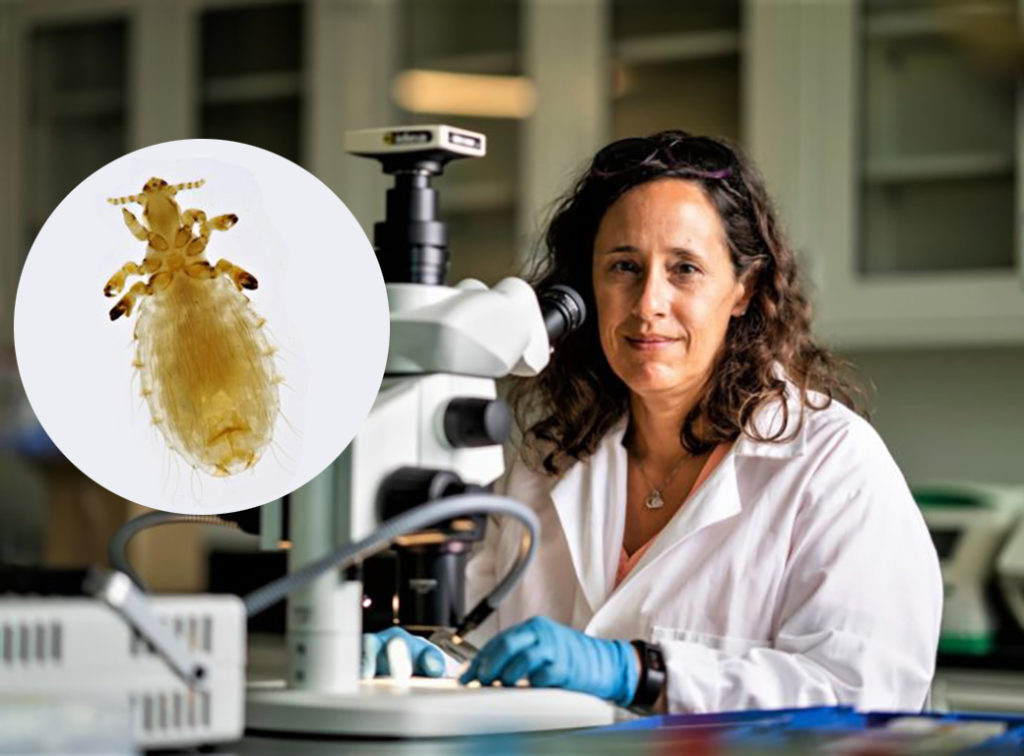The Lice Age: How did these tiny bloodsucking pests evolve to afflict mammal hosts, including humans?

A Texas A&M AgriLife Research project will take a deep look at the ages-long interaction between parasitic lice and mammal species, including humans.
Researchers will study the evolutionary relationship between sucking lice and a wide range of placental mammal hosts, including humans and other primates, rodents and seals. Researchers hope to answer why various louse species parasitize specific hosts and what makes these species good hosts.
The three-year project received more than $197,000 from the National Science Foundation.
Principal investigator Jessica Light, AgriLife Research evolutionary biologist in the Department of Ecology and Conservation Biology, said very little is known about Anoplura lice, or sucking lice. Researchers hope to shed light on the biological and physical characteristics in lice that have co-evolved with mammals over 90 million years.
Collaborators include scientists with the Natural History Museum of Los Angeles County, which is the lead institution for the project, the University of Nevada, Reno and the Florida Museum of Natural History. The research team will work closely with natural history collections such as the Biodiversity Research and Teaching Collections in Texas A&M’s College of Agriculture and Life Sciences.
Understanding these blood-feeding parasites and disease vectors presents obvious potential public and animal health benefits, Light said. But the team’s initial goals are to produce foundational data regarding louse biology and build the first comprehensive species-level tree for sucking lice that parasitize mammalian hosts.
Light said the broader implications of the project include reducing parasite infestations. The study’s findings could offer insights into parasite host-choice and movement from host to host that help reduce or mitigate infestations and subsequent consequences.
“We hope to build an understanding of the relationship with genetic data and scientifically preserved samples,” she said. “We are going to build a hypothesis about the relationships with genetic data and compare what we find in lice to that of their hosts and try to understand what that evolutionary history or what that association has looked like over time.”
The project will investigate how the evolutionary history, genetics and morphology of sucking lice determine associations with their mammal hosts and how those relationships may have changed over time, Light said. The research will also identify potential genetic and physical traits important among lice that may be used to study other parasite species.
The study will include genome sequencing and other high-throughput technology and techniques to follow louse ancestry and identify species divergences in the past. Fossil records will be used to determine times of divergences and allow researchers to cross-reference sucking louse divergences with their mammal hosts.
This will help scientists date sucking louse diversification events/timing, follow the evolution of characteristics of interest and assess their biogeographical histories and distributions relative to their hosts.
“Sucking lice are a model system in some respects because their life cycle constrains them to particular hosts,” she said. “They don’t have wings to fly like mosquitoes and do not jump like fleas. So, they almost solely rely on host-to-host contact to spread.”

